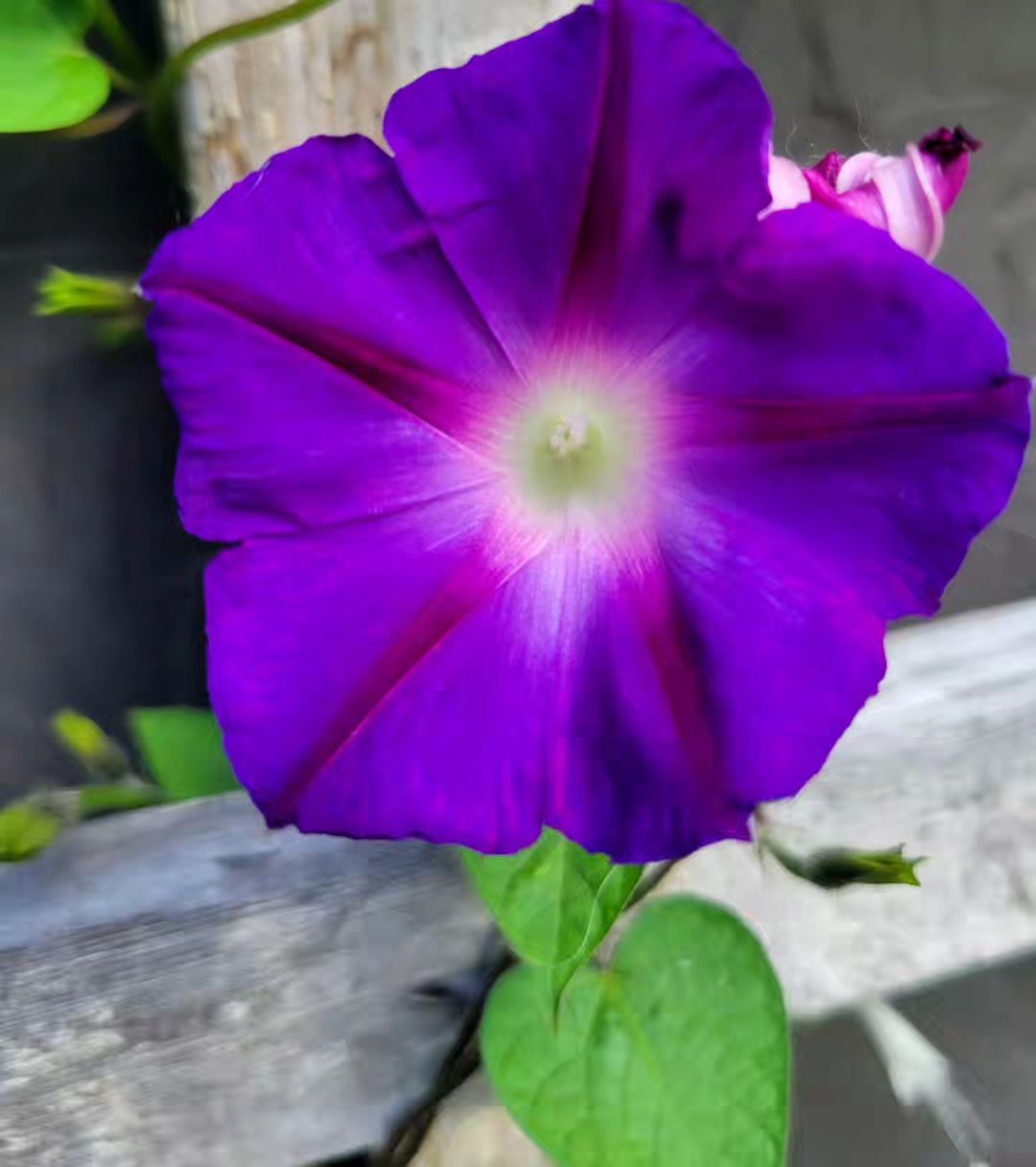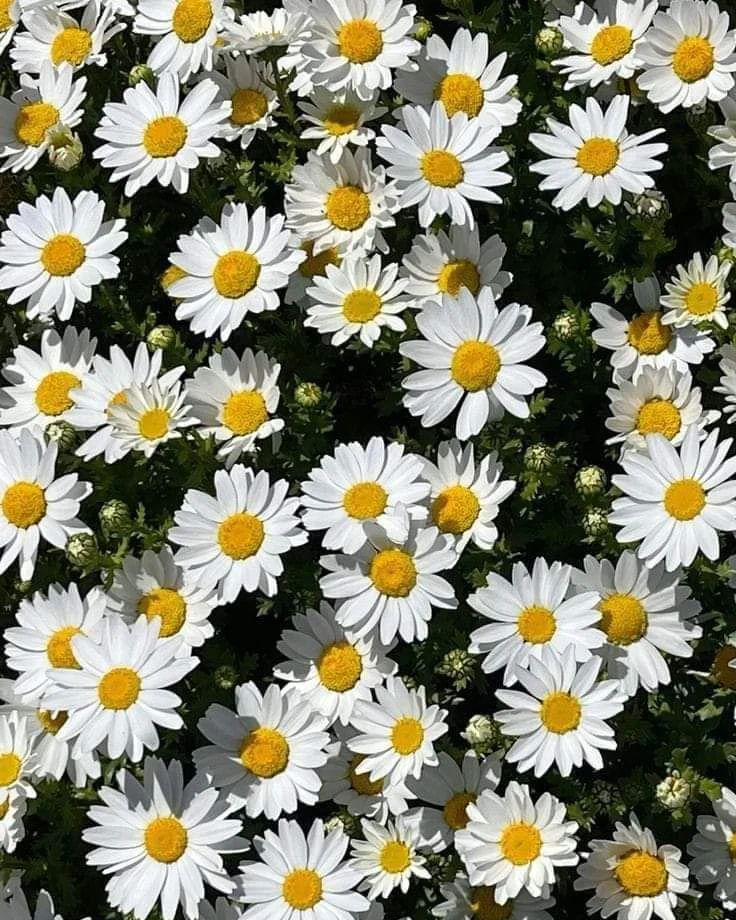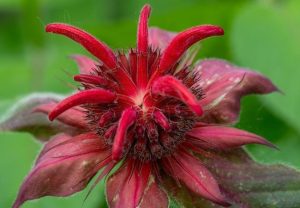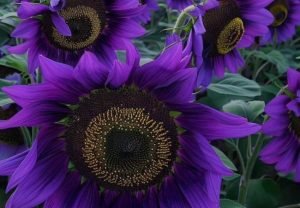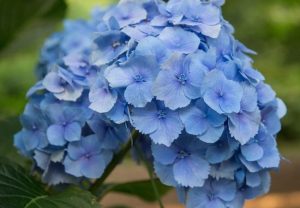Explore 20 beautiful flowers that start with M in this comprehensive guide. Discover their names, characteristics and how to grow them in your garden for vibrant blooms.
Welcome to our garden of flowers that start with M! These blooms are sure to add color and life to your outdoor space. Let’s explore 20 different flowers, their special features and how you can grow them. Get ready to make your garden a magical place with these marvelous ‘M’ flowers!
1. Marigold
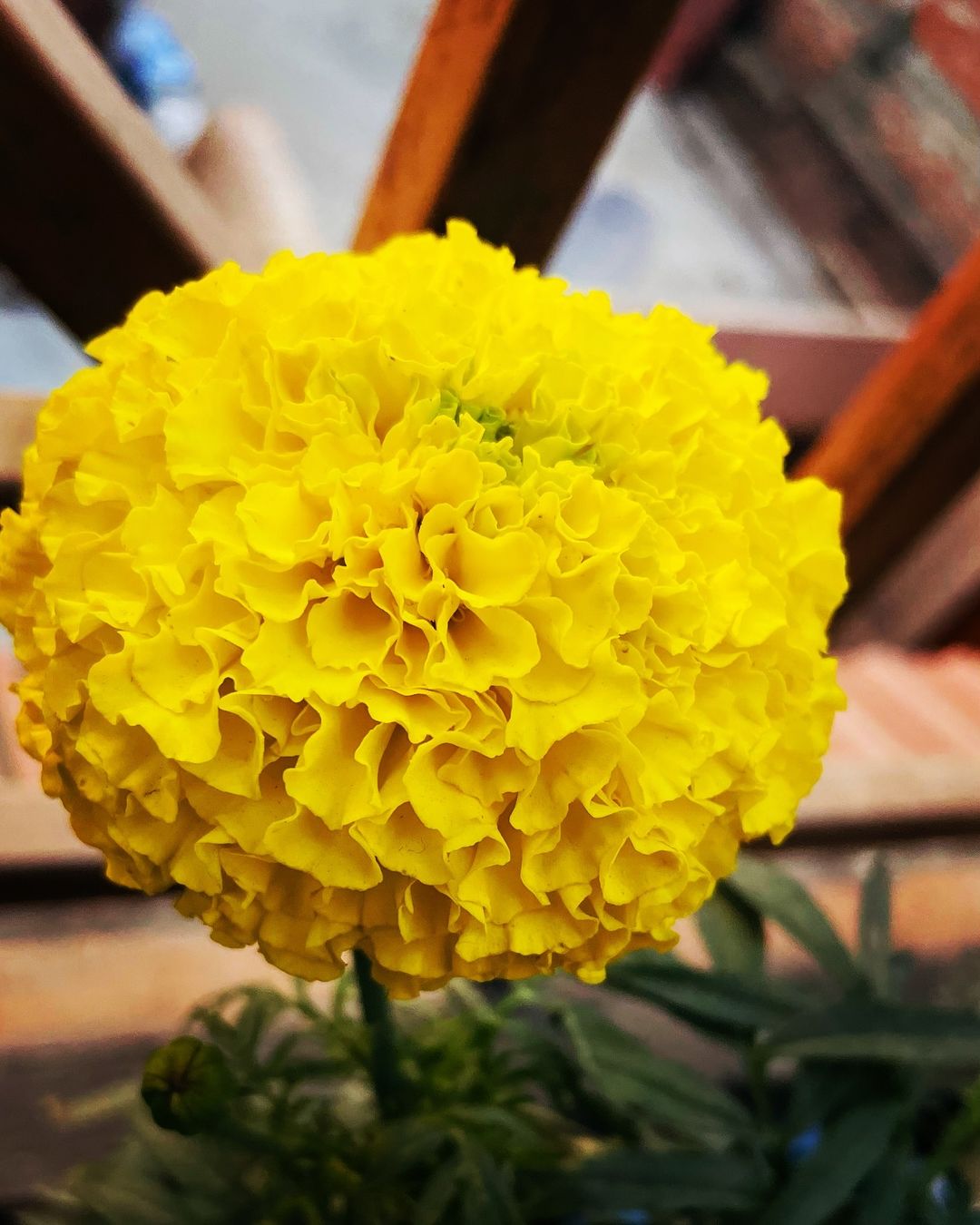
Here’s an overview for Marigolds:
| Aspect | Details |
|---|---|
| Botanical Name | Tagetes spp. |
| Common Name | Marigold |
| Plant Type | Annual |
| Hardiness Zone | 2-11 (grown as an annual in all zones) |
| Sun Exposure | Full sun |
| Soil Type | Well-drained, moderately fertile |
| Watering | Moderate |
| Growth Habit | Bushy, mounding |
| Height/Spread | 6-36 inches (15-90 cm) tall, spreads 6-24 inches (15-60 cm) |
| Special Features | Brightly colored flowers (yellow, orange, red), blooms from late spring to fall, repels pests, attracts pollinators, easy to grow |
Marigolds are bright and cheery flowers. They come in orange, yellow and red colors. These flowers are easy to grow and bloom for a long time. Marigolds are great for beginners.
How to grow:
- Plant in full sun
- Water regularly
- Pinch off dead flowers to encourage more blooms
Marigolds are not just pretty. They can help keep pests away from other plants in your garden. Learn more about marigolds from the University of Illinois Extension.
2. Morning Glory
Here’s an overview for Morning Glory:
| Aspect | Details |
|---|---|
| Botanical Name | Ipomoea spp. |
| Common Name | Morning Glory |
| Plant Type | Annual or perennial vine |
| Hardiness Zone | 3-10 (depends on species) |
| Sun Exposure | Full sun |
| Soil Type | Well-drained, moderately fertile |
| Watering | Moderate |
| Growth Habit | Climbing, vining |
| Height/Spread | 6-10 feet (1.8-3 meters) or more, variable spread |
| Special Features | Trumpet-shaped flowers in various colors (blue, purple, pink, white), blooms in the morning, attracts pollinators like bees and butterflies, fast-growing, often used for trellises and fences |
Morning glories are climbing flowers with trumpet-shaped blooms. They open in the morning and close in the afternoon. These flowers come in blue, purple, pink, and white.
How to grow:
- Give them something to climb on, like a trellis
- Plant in full sun
- Water when the soil feels dry
Morning glories grow fast and can cover a fence or wall quickly. Be careful, though. In some places, they can spread too much. Check with your local garden center before planting.
3. Magnolia

Here’s an overview for Magnolia:
| Aspect | Details |
|---|---|
| Botanical Name | Magnolia spp. |
| Common Name | Magnolia |
| Plant Type | Deciduous or evergreen tree/shrub |
| Hardiness Zone | 4-9 (depends on species) |
| Sun Exposure | Full sun to part shade |
| Soil Type | Well-drained, acidic to neutral |
| Watering | Moderate |
| Growth Habit | Upright, spreading |
| Height/Spread | 10-80 feet (3-24 meters) tall, spreads 10-40 feet (3-12 meters) depending on species and cultivar |
| Special Features | Large, fragrant flowers (white, pink, purple, yellow), glossy leaves, attractive bark, blooms in spring to early summer, some species have attractive seed pods |
Magnolias are trees or shrubs with big, fragrant flowers. The blooms can be white, pink or purple. Magnolias are known for their beautiful, glossy leaves too.
How to grow:
- Plant in a spot with full sun or partial shade
- Make sure the soil drains well
- Water deeply but not too often
Magnolias are old plants. They’ve been around since before bees existed! Learn more about these ancient flowers from North Carolina State University Extension.
4. Marigold (African)
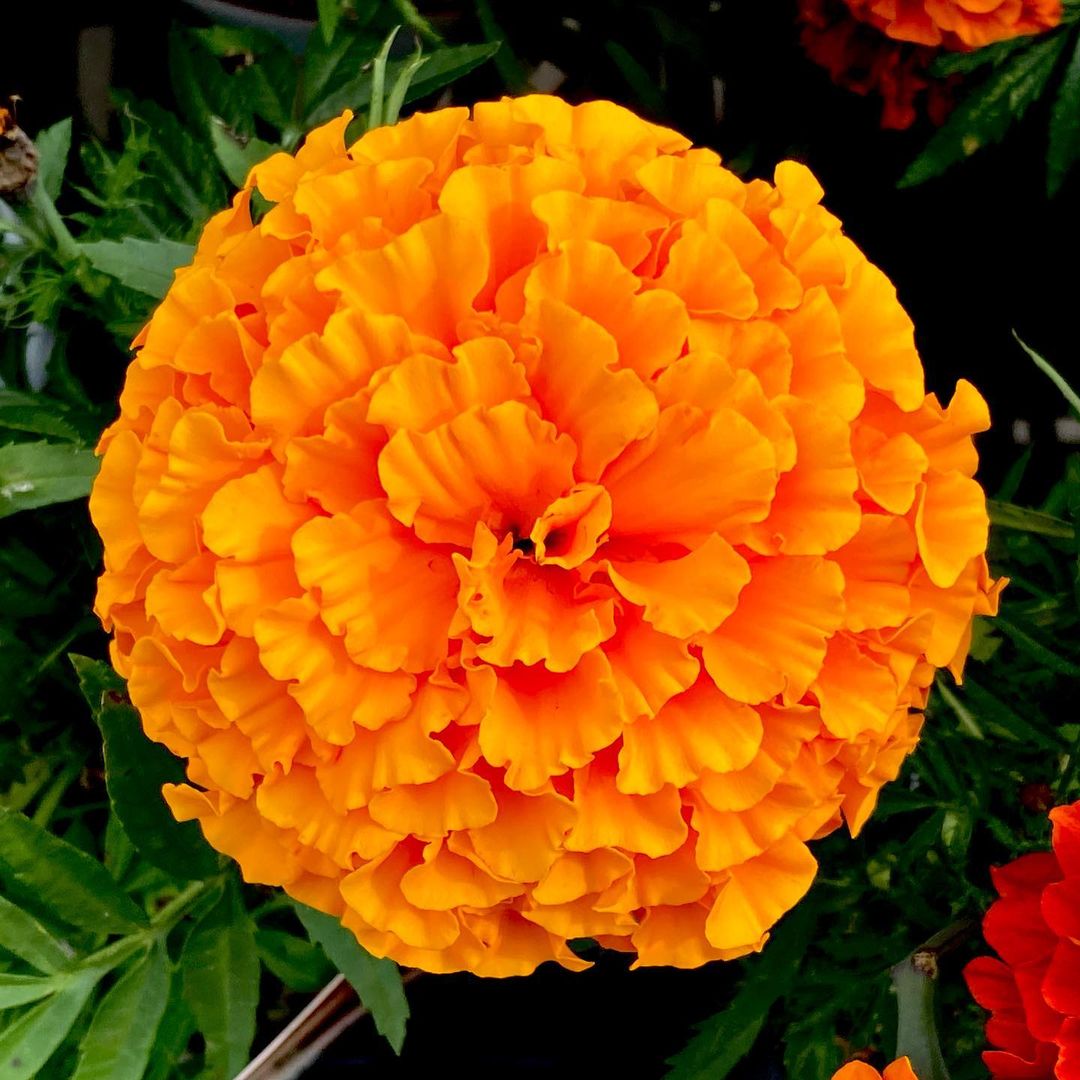
Here’s an overview for African Marigold:
| Aspect | Details |
|---|---|
| Botanical Name | Tagetes erecta |
| Common Name | African Marigold, Aztec Marigold |
| Plant Type | Annual |
| Hardiness Zone | 2-11 (grown as an annual in all zones) |
| Sun Exposure | Full sun |
| Soil Type | Well-drained, moderately fertile |
| Watering | Moderate |
| Growth Habit | Upright, bushy |
| Height/Spread | 12-36 inches (30-90 cm) tall, spreads 12-18 inches (30-45 cm) |
| Special Features | Large, pom-pom-like flowers (yellow, orange), blooms from summer to fall, repels pests, attracts pollinators, drought-tolerant, easy to grow |
African marigolds are bigger than regular marigolds. They have large, pom-pom like flowers in orange and yellow. These flowers can grow quite tall, up to 3 feet!
How to grow:
- Plant in full sun
- Space them about 2 feet apart
- Water at the base of the plant to avoid wetting the flowers
African marigolds are great for cutting and putting in vases. They last a long time after being cut.
5. Moonflower
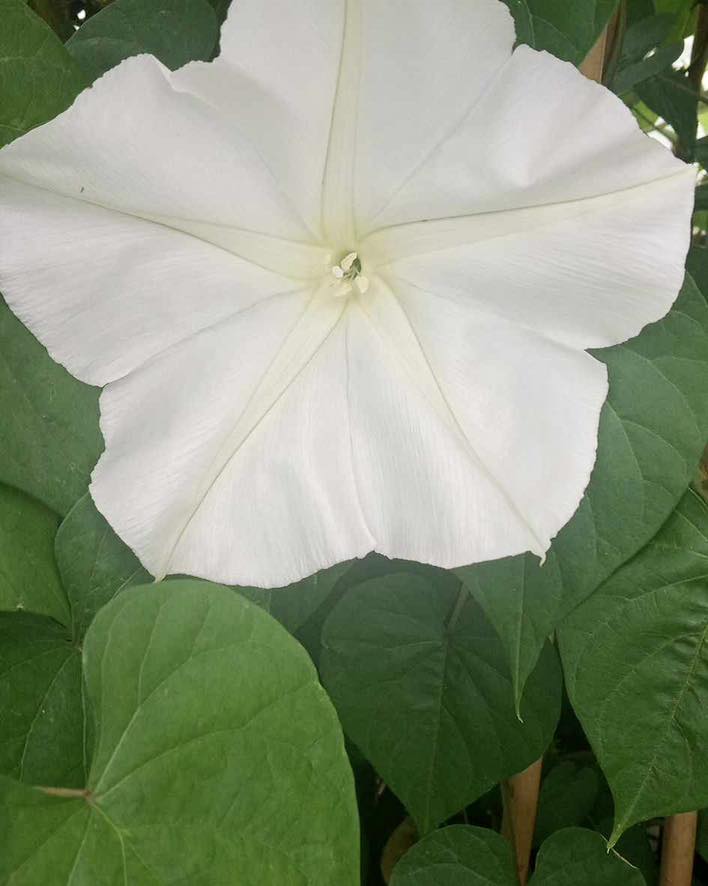
Here’s an overview for Moonflower:
| Aspect | Details |
|---|---|
| Botanical Name | Ipomoea alba |
| Common Name | Moonflower |
| Plant Type | Perennial vine (grown as an annual in cooler climates) |
| Hardiness Zone | 9-11 (grown as an annual in cooler zones) |
| Sun Exposure | Full sun |
| Soil Type | Well-drained, moderately fertile |
| Watering | Moderate |
| Growth Habit | Climbing, vining |
| Height/Spread | 10-15 feet (3-4.5 meters) or more, variable spread |
| Special Features | Large, fragrant white flowers that open at night, blooms from summer to fall, attracts nocturnal pollinators like moths, fast-growing, often used for trellises and fences |
Moonflowers are night-blooming plants with large, white flowers. The blooms open in the evening and have a sweet smell. They’re related to morning glories.
How to grow:
- Plant near a porch or patio where you can enjoy the evening blooms
- Give them a support to climb on
- Water regularly, especially in hot weather
Moonflowers are great for night gardens. They attract night-flying moths, which can be fun to watch.
6. Moss Rose (Portulaca)
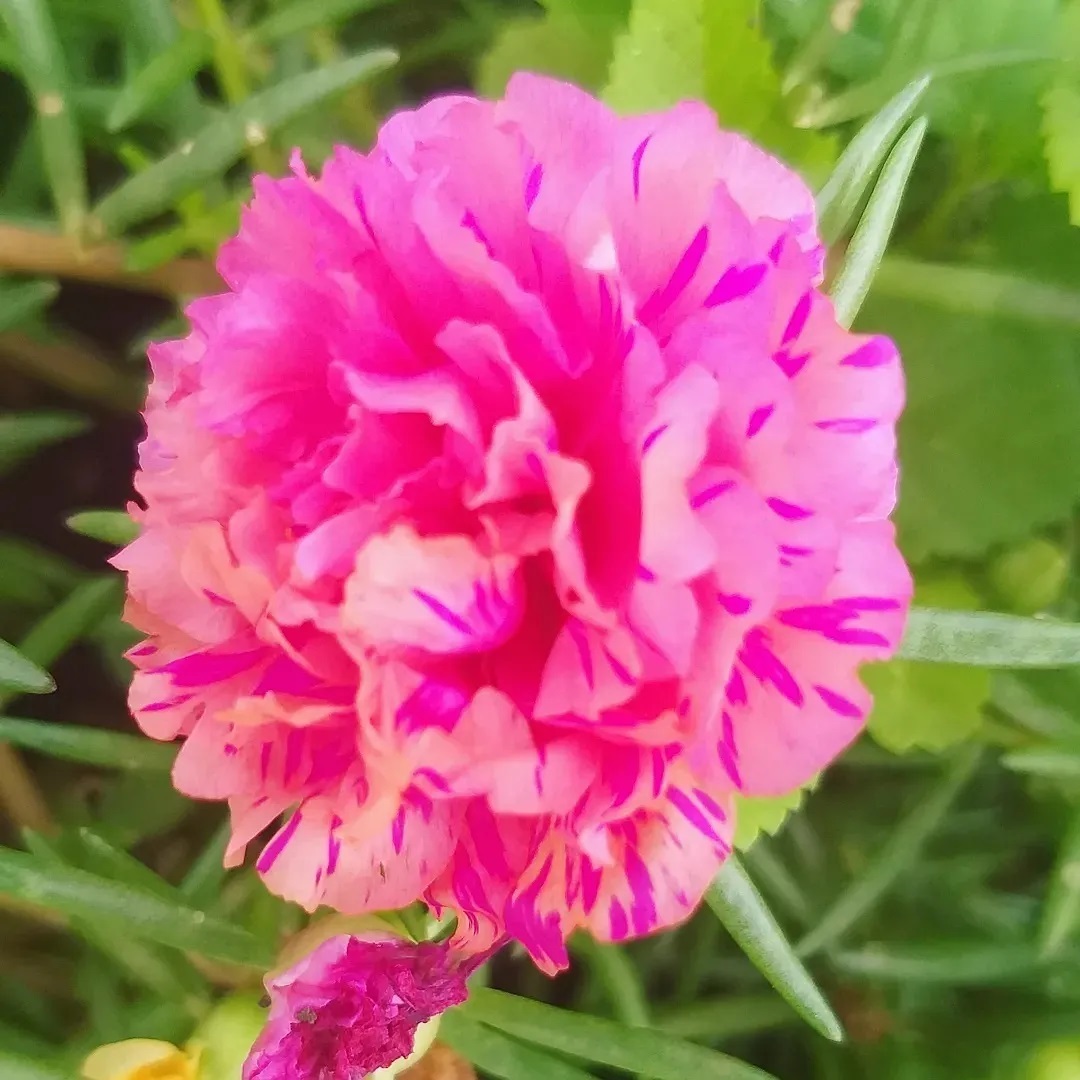
Here’s an overview for Moss Rose (Portulaca):
| Aspect | Details |
|---|---|
| Botanical Name | Portulaca grandiflora |
| Common Name | Moss Rose, Portulaca |
| Plant Type | Annual |
| Hardiness Zone | 2-11 (grown as an annual in all zones) |
| Sun Exposure | Full sun |
| Soil Type | Well-drained, sandy or loamy |
| Watering | Low, drought-tolerant |
| Growth Habit | Spreading, trailing |
| Height/Spread | 4-8 inches (10-20 cm) tall, spreads 6-12 inches (15-30 cm) |
| Special Features | Brightly colored, rose-like flowers (pink, red, yellow, orange, white), blooms from summer to fall, succulent foliage, heat and drought-tolerant, ideal for rock gardens, containers, and ground cover |
Moss roses are low-growing plants with bright, rose-like flowers. They come in many colors like pink, yellow, orange and red. These flowers love hot, dry conditions.
How to grow:
- Plant in full sun
- Use well-draining soil
- Don’t overwater – they’re drought-tolerant
Moss roses are great for rock gardens or as ground cover. They’re also good in hanging baskets. Learn more about portulaca from the Missouri Botanical Garden.
7. Mallow
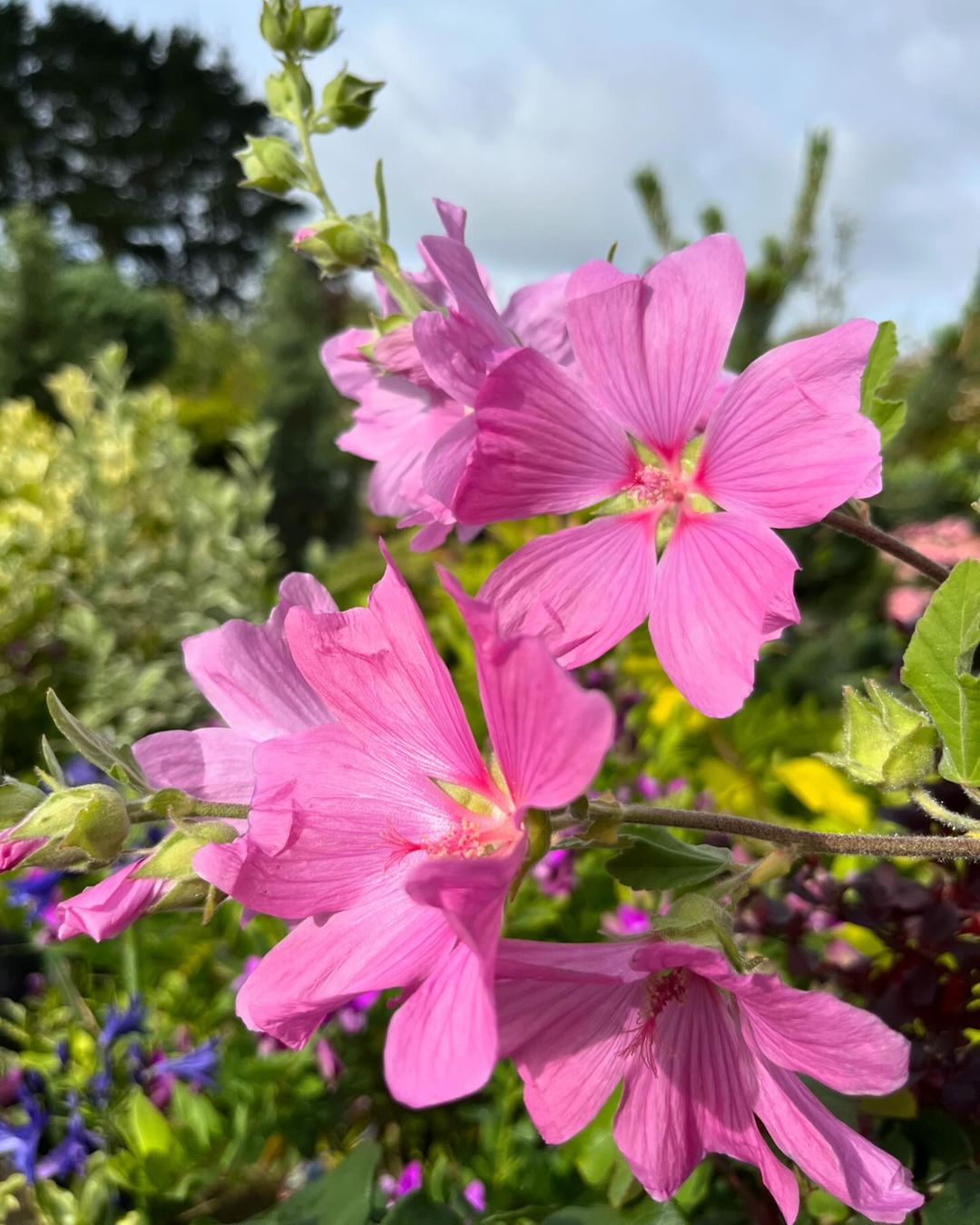
Here’s an overview for Mallow:
| Aspect | Details |
|---|---|
| Botanical Name | Malva spp. |
| Common Name | Mallow |
| Plant Type | Herbaceous perennial or annual |
| Hardiness Zone | 3-9 (depends on species) |
| Sun Exposure | Full sun to part shade |
| Soil Type | Well-drained, moderately fertile |
| Watering | Moderate |
| Growth Habit | Upright, bushy |
| Height/Spread | 1-4 feet (30-120 cm) tall, spreads 1-3 feet (30-90 cm) |
| Special Features | Showy flowers (pink, white, purple), long blooming period from summer to fall, attracts pollinators like bees and butterflies, some species have medicinal properties |
Mallows are plants with showy flowers that look like small hollyhocks. They come in pink, white and purple. Mallows are easy to grow and attract butterflies.
How to grow:
- Plant in full sun or partial shade
- Water regularly but don’t let the soil get soggy
- Cut back after flowering to encourage more blooms
Some types of mallow can get quite tall, up to 4 feet. They’re great for the back of a flower border.
8. Mimosa (Sensitive Plant)
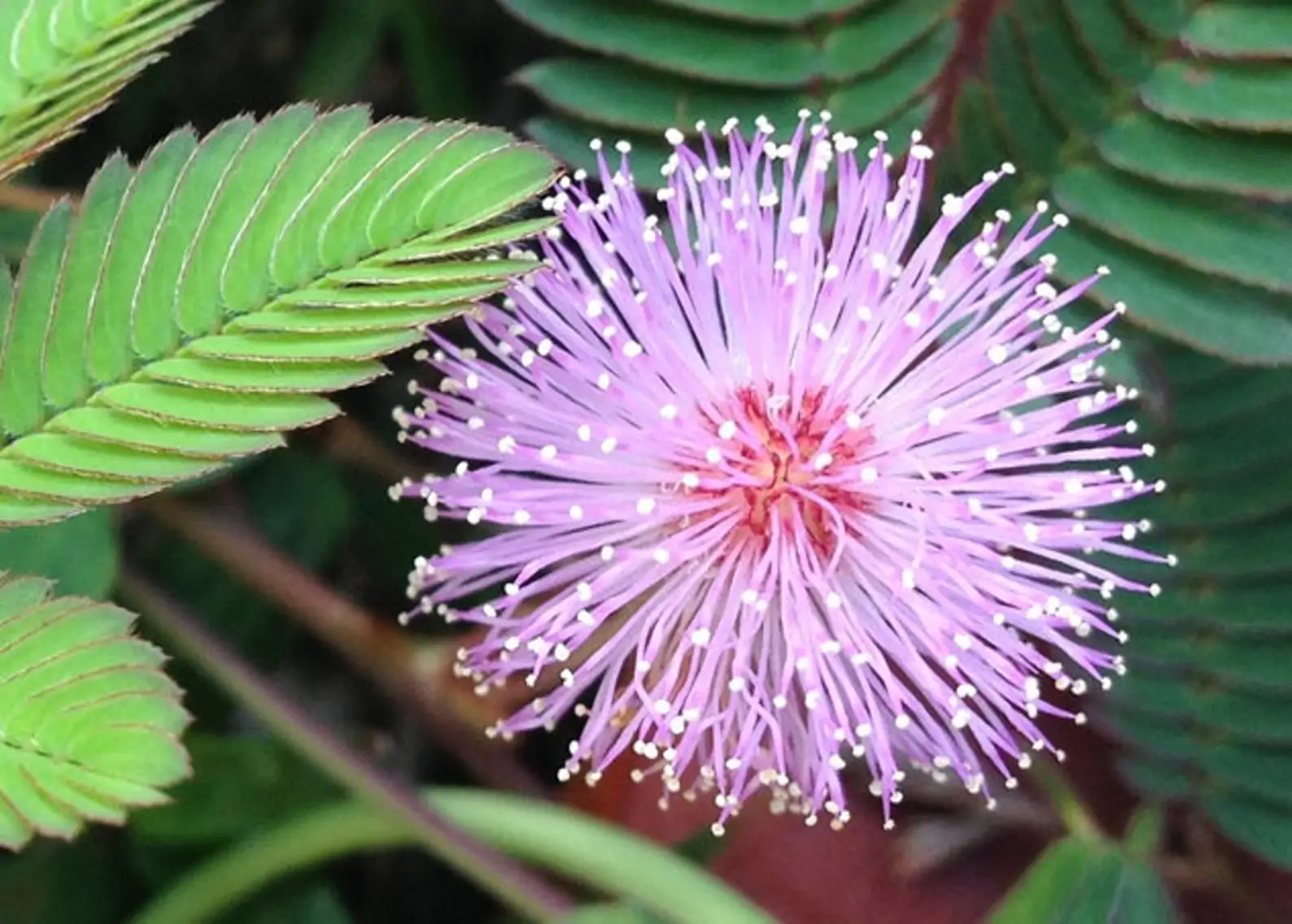
Here’s an overview for Mimosa pudica:
| Aspect | Details |
|---|---|
| Botanical Name | Mimosa pudica |
| Common Name | Sensitive Plant, Touch-Me-Not |
| Plant Type | Perennial herb (often grown as an annual) |
| Hardiness Zone | 9-11 (grown as an annual in cooler zones) |
| Sun Exposure | Full sun to part shade |
| Soil Type | Well-drained, sandy or loamy |
| Watering | Moderate |
| Growth Habit | Spreading, low-growing |
| Height/Spread | 6-12 inches (15-30 cm) tall, spreads 12-24 inches (30-60 cm) |
| Special Features | Leaves fold up when touched, small pink or purple ball-shaped flowers, blooms in summer, often used as a novelty plant, can be invasive in some areas |
Mimosa, also called the sensitive plant, is known for its leaves that close when touched. It has small, puffy pink flowers. This plant is fun for kids to watch.
How to grow:
- Plant in a warm, sunny spot
- Keep the soil moist but not wet
- Protect from strong winds
Mimosa plants are tropical, so in cold areas, they’re often grown as house plants. They’re interesting to watch but can spread a lot in warm climates.
9. Monarda (Bee Balm)
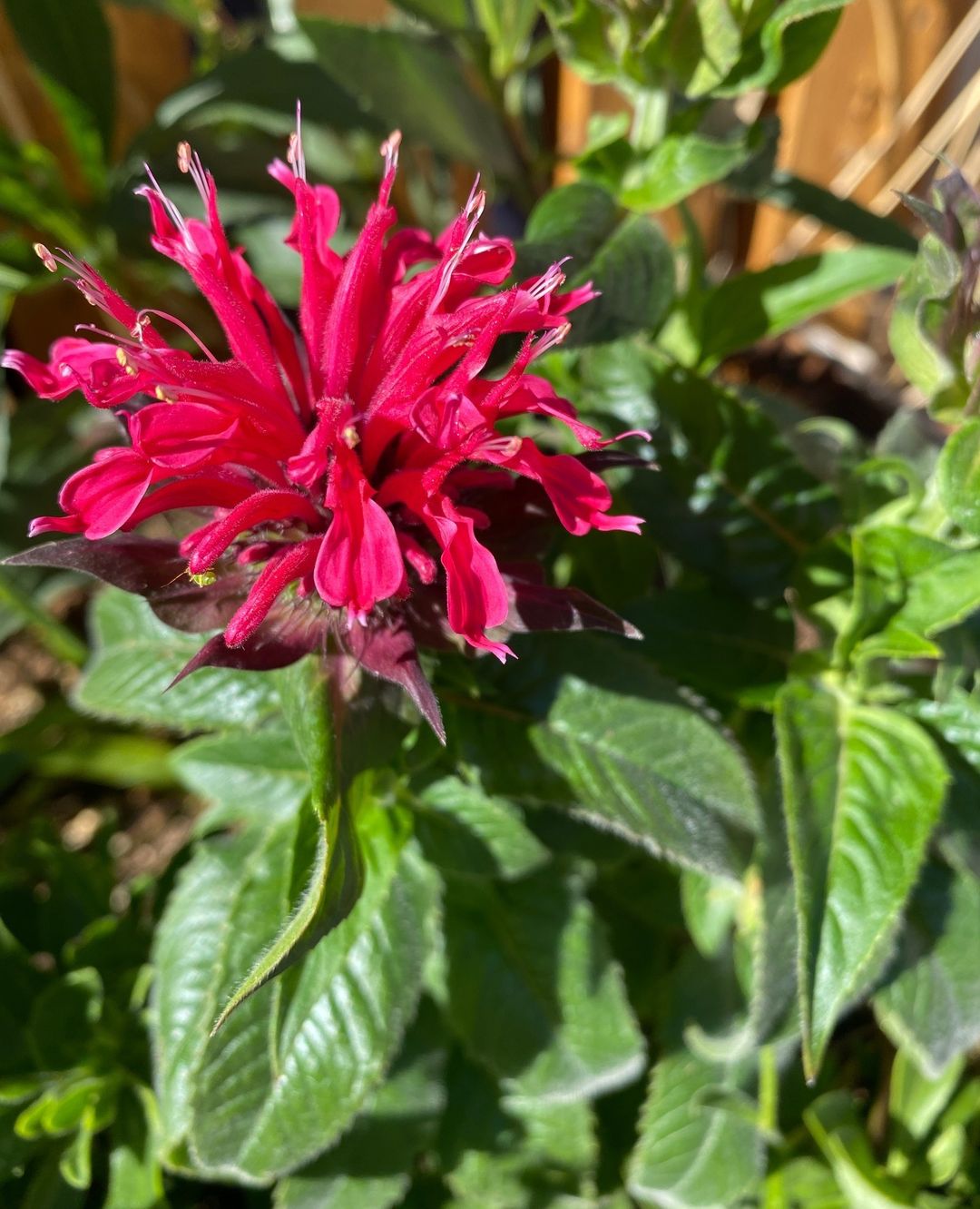
Here’s an overview for Monarda (Bee Balm):
| Aspect | Details |
|---|---|
| Botanical Name | Monarda spp. |
| Common Name | Bee Balm |
| Plant Type | Herbaceous perennial |
| Hardiness Zone | 3-9 |
| Sun Exposure | Full sun to part shade |
| Soil Type | Well-drained, moist, fertile |
| Watering | Moderate, prefers consistent moisture |
| Growth Habit | Upright, clumping |
| Height/Spread | 2-4 feet (60-120 cm) tall, spreads 1-2 feet (30-60 cm) |
| Special Features | Tubular flowers in colors like red, pink, purple, and white, blooms in summer, attracts bees, butterflies, and hummingbirds, fragrant foliage, some varieties have resistance to powdery mildew |
Monarda or bee balm, has spiky flowers in red, pink or purple. These flowers attract bees, butterflies and hummingbirds. They also have fragrant leaves.
How to grow:
- Plant in full sun or partial shade
- Water regularly, especially in dry spells
- Divide every few years to keep plants healthy
Bee balm is not just pretty. It can be used to make tea. Native Americans used it for medicine. Learn more from Penn State Extension.
10. Muscari (Grape Hyacinth)
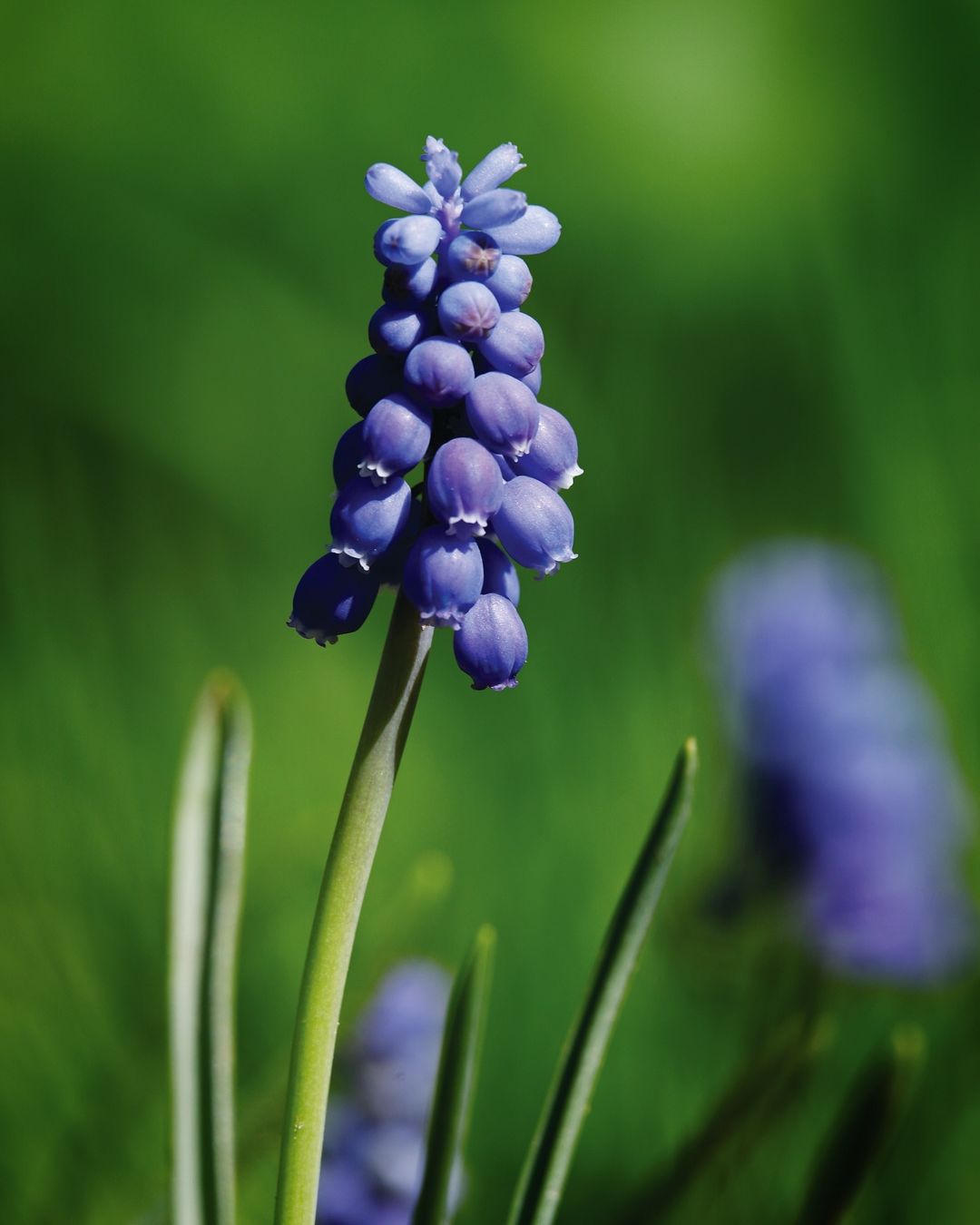
Here’s a chart with information about Muscari (Grape Hyacinth):
| Aspect | Information |
|---|---|
| Botanical Name | Muscari spp. |
| Common Name | Grape Hyacinth |
| Plant Type | Bulb |
| Hardiness Zone | Zones 3-9 (depending on species) |
| Sun Exposure | Full sun to part shade |
| Soil Type | Well-drained, fertile soil |
| Watering Needs | Moderate; average moisture |
| Growth Habit | Clumping |
| Height/Spread | 6-12 inches tall, spreads about 4-6 inches |
| Special Features | Fragrant, early spring blooms, deer resistant |
Muscari, or grape hyacinth, has small, blue flowers that look like bunches of grapes. They bloom in spring and are great for naturalizing in lawns.
How to grow:
- Plant bulbs in fall
- Choose a spot with full sun or partial shade
- Don’t water after blooming – they like to be dry in summer
Muscari are small but can spread to form a beautiful carpet of blue. They’re great for rock gardens or borders
.
11. Moth Orchid
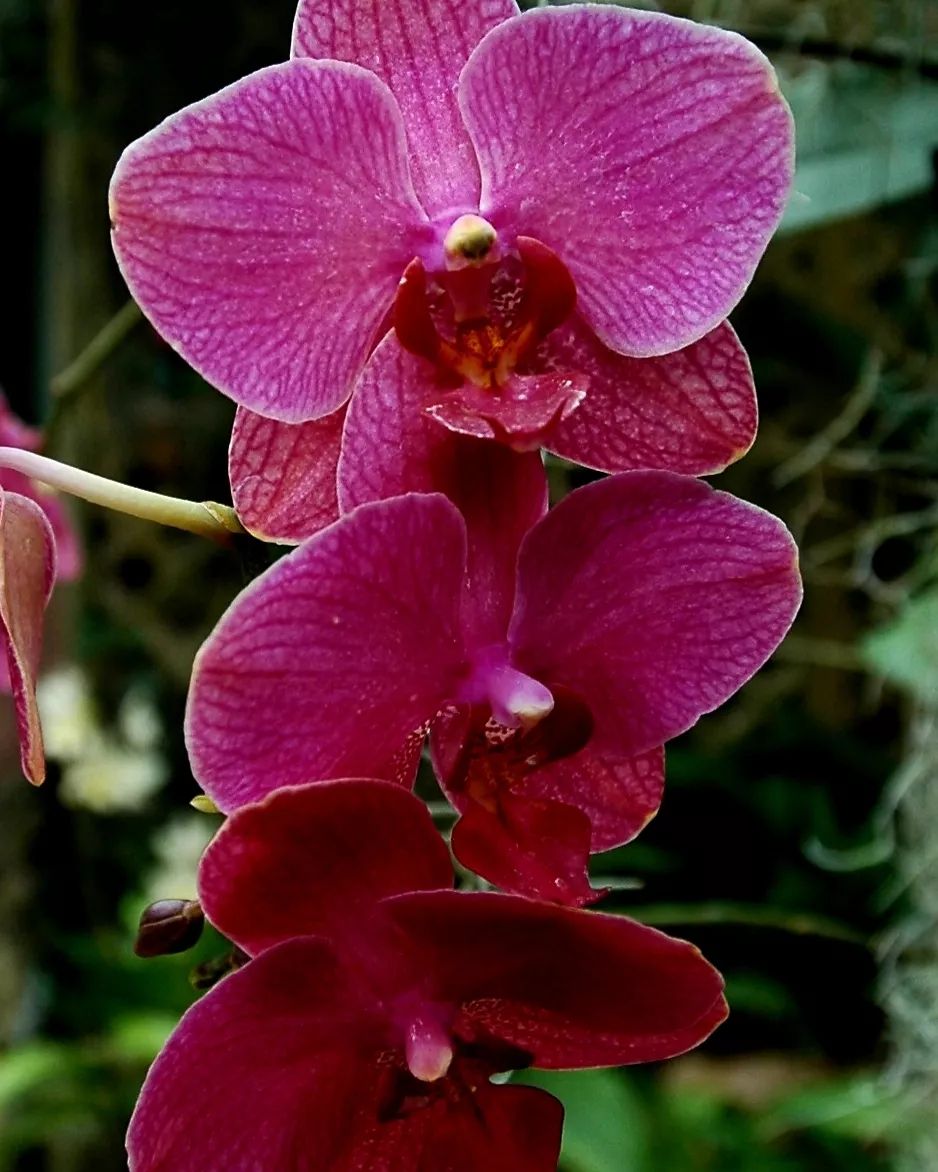
Here’s some information about the Moth Orchid (Phalaenopsis):
| Aspect | Information |
|---|---|
| Botanical Name | Phalaenopsis spp. |
| Common Name | Moth Orchid |
| Plant Type | Epiphytic orchid |
| Hardiness Zone | Typically grown indoors, varies by species |
| Sun Exposure | Bright, indirect light |
| Soil Type | Orchid bark mix |
| Watering Needs | Moderate; allow to dry slightly between waterings |
| Growth Habit | Upright, with long arching flower spikes |
| Height/Spread | 1-3 feet tall, spreads about 1-2 feet |
| Special Features | Long-lasting flowers, various colors and patterns, popular houseplant |
Moth orchids are popular house plants with long-lasting flowers. They come in many colors and have butterfly-shaped blooms.
How to grow:
- Keep in bright, indirect light
- Water when the top inch of soil is dry
- Use orchid potting mix, not regular soil
Moth orchids can bloom for months. They’re one of the easiest orchids to grow at home. Learn more from the American Orchid Society.
12. Million Bells (Calibrachoa)

Here’s a summary of information about Million Bells (Calibrachoa):
| Aspect | Information |
|---|---|
| Botanical Name | Calibrachoa spp. |
| Common Name | Million Bells |
| Plant Type | Perennial, often grown as an annual |
| Hardiness Zone | Zones 9-11 |
| Sun Exposure | Full sun to part shade |
| Soil Type | Well-drained, fertile soil |
| Watering Needs | Regular; keep soil evenly moist |
| Growth Habit | Trailing, spreading |
| Height/Spread | 6-12 inches tall, spreads 12-24 inches |
| Special Features | Abundant small petunia-like flowers, wide color range, low maintenance |
Million bells look like tiny petunias. They have lots of small, trumpet-shaped flowers in many bright colors. These plants bloom all summer long.
How to grow:
- Plant in full sun
- Water when the top of the soil feels dry
- Feed regularly with flower fertilizer
Million bells are great for hanging baskets or window boxes. They spill over the edges and create a waterfall of color.
13. Meadowsweet
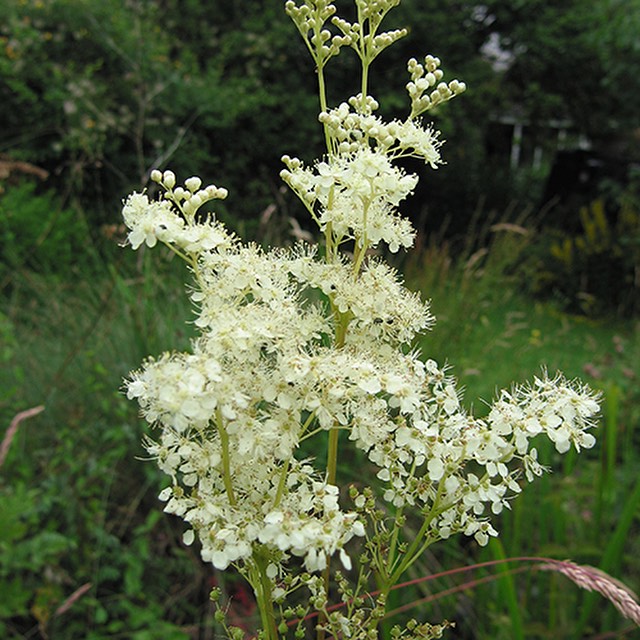
Here’s some information about Meadowsweet (Filipendula):
| Aspect | Information |
|---|---|
| Botanical Name | Filipendula spp. |
| Common Name | Meadowsweet |
| Plant Type | Herbaceous perennial |
| Hardiness Zone | Zones 3-9 |
| Sun Exposure | Full sun to part shade |
| Soil Type | Moist, well-drained soil |
| Watering Needs | Regular; prefers consistently moist soil |
| Growth Habit | Upright, clumping |
| Height/Spread | 3-5 feet tall, spreads 2-4 feet |
| Special Features | Fragrant, fluffy white or pink flower clusters in summer, attracts pollinators |
Meadowsweet is a native wildflower with fluffy white or pink flowers. It grows well in damp areas and has a sweet, almond-like smell.
How to grow:
- Plant in full sun or partial shade
- Keep the soil moist
- Cut back in late winter to encourage new growth
Meadowsweet is not just pretty. It has been used for centuries as a medicinal plant. It’s where aspirin originally came from!
14. Michaelmas Daisy (Aster)
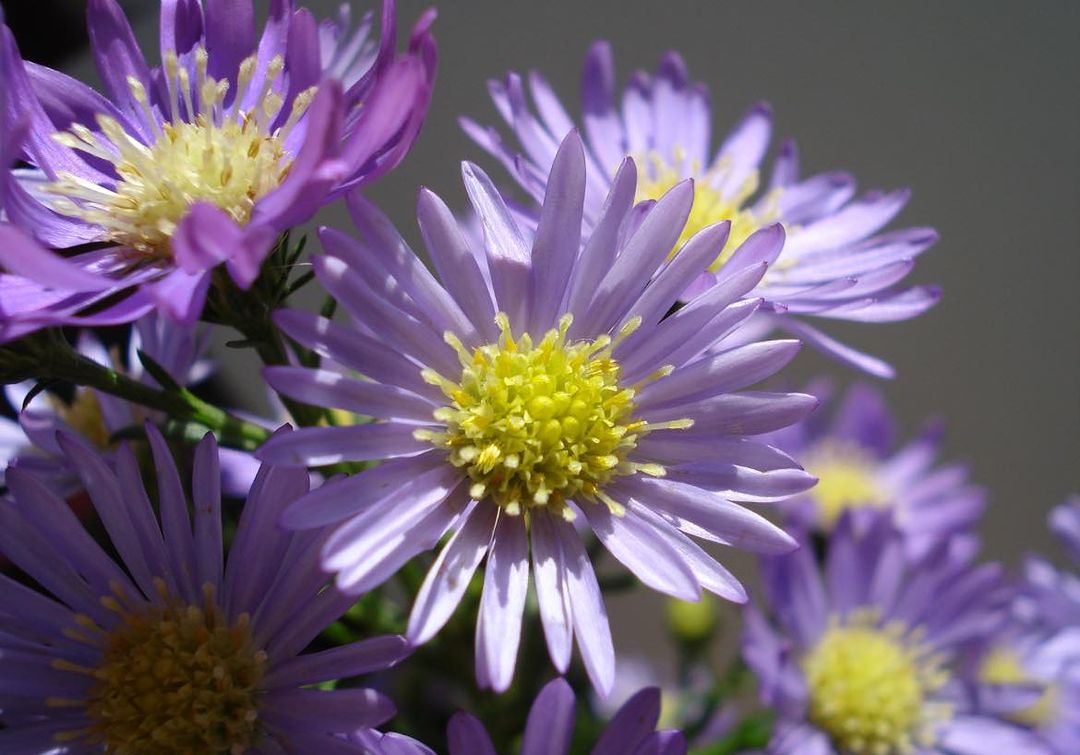
Here’s a detailed summary of information about Michaelmas Daisy, commonly known as Aster:
| Aspect | Information |
|---|---|
| Botanical Name | Aster spp. |
| Common Name | Michaelmas Daisy |
| Plant Type | Herbaceous perennial |
| Hardiness Zone | Zones 3-8 |
| Sun Exposure | Full sun to part shade |
| Soil Type | Well-drained, fertile soil |
| Watering Needs | Moderate; keep soil evenly moist |
| Growth Habit | Upright, bushy |
| Height/Spread | 1-6 feet tall, spreads 1-3 feet |
| Special Features | Daisy-like flowers in various colors (pink, purple, blue, white), blooms in late summer to fall, attracts pollinators |
Michaelmas daisies are fall-blooming asters. They have star-shaped flowers in purple, pink, or white. These flowers are great for late-season color.
How to grow:
- Plant in full sun
- Water regularly, especially in dry spells
- Divide every few years to keep plants vigorous
Michaelmas daisies are important for bees and butterflies in the fall when other flowers are scarce. Learn more from Royal Horticultural Society.
15. Maple Leaf Begonia
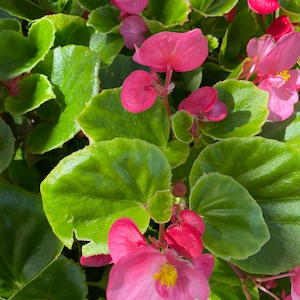
Here’s some information about the Maple Leaf Begonia (Begonia rex):
| Aspect | Information |
|---|---|
| Botanical Name | Begonia rex |
| Common Name | Maple Leaf Begonia |
| Plant Type | Perennial, often grown as a houseplant |
| Hardiness Zone | Zones 10-12 (typically grown indoors) |
| Sun Exposure | Bright, indirect light |
| Soil Type | Well-draining, fertile potting mix |
| Watering Needs | Regular; keep soil evenly moist |
| Growth Habit | Compact, bushy |
| Height/Spread | 12-18 inches tall, spreads about 12 inches |
| Special Features | Colorful, intricate foliage resembling maple leaves, prefers high humidity, various leaf patterns and colors |
Maple leaf begonias have leaves shaped like maple leaves, hence their name. They have small pink or white flowers and colorful foliage.
How to grow:
- Keep in bright, indirect light
- Water when the top of the soil feels dry
- Use well-draining potting mix
These begonias are often grown as house plants. They add color with both their leaves and flowers.
16. Mayflower
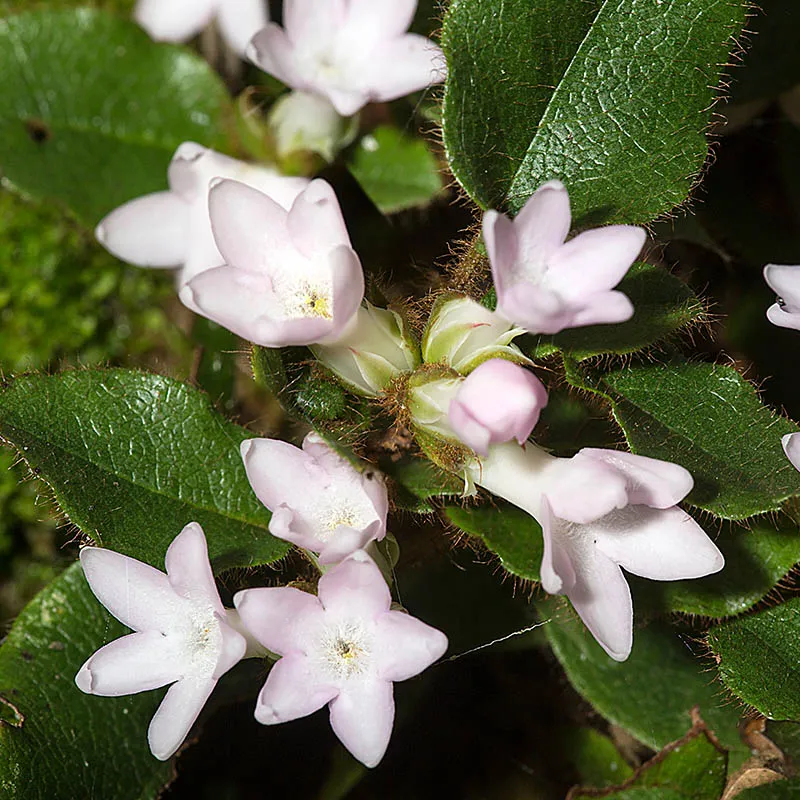
Here’s a detailed chart with information about the Mayflower plant (also known as Epigaea repens):
| Aspect | Details |
|---|---|
| Botanical Name | Epigaea repens |
| Common Name | Mayflower |
| Plant Type | Perennial groundcover |
| Hardiness Zone | Zones 3-7 |
| Sun Exposure | Partial shade to full shade |
| Soil Type | Moist, well-drained |
| Watering | Regular, moderate |
| Growth Habit | Low-growing, spreading |
| Height/Spread | 6-12 inches tall, 1-2 feet wide |
| Special Features | Pink or white flowers in spring, evergreen foliage |
Mayflowers are small, fragrant flowers that bloom in early spring. They have pink or white star-shaped blooms and are often found in woodlands.
How to grow:
- Plant in partial shade
- Use acidic, well-draining soil
- Water regularly until established
Mayflowers are the state flower of Massachusetts. They’re small but have a lovely sweet scent.
17. Mexican Sunflower
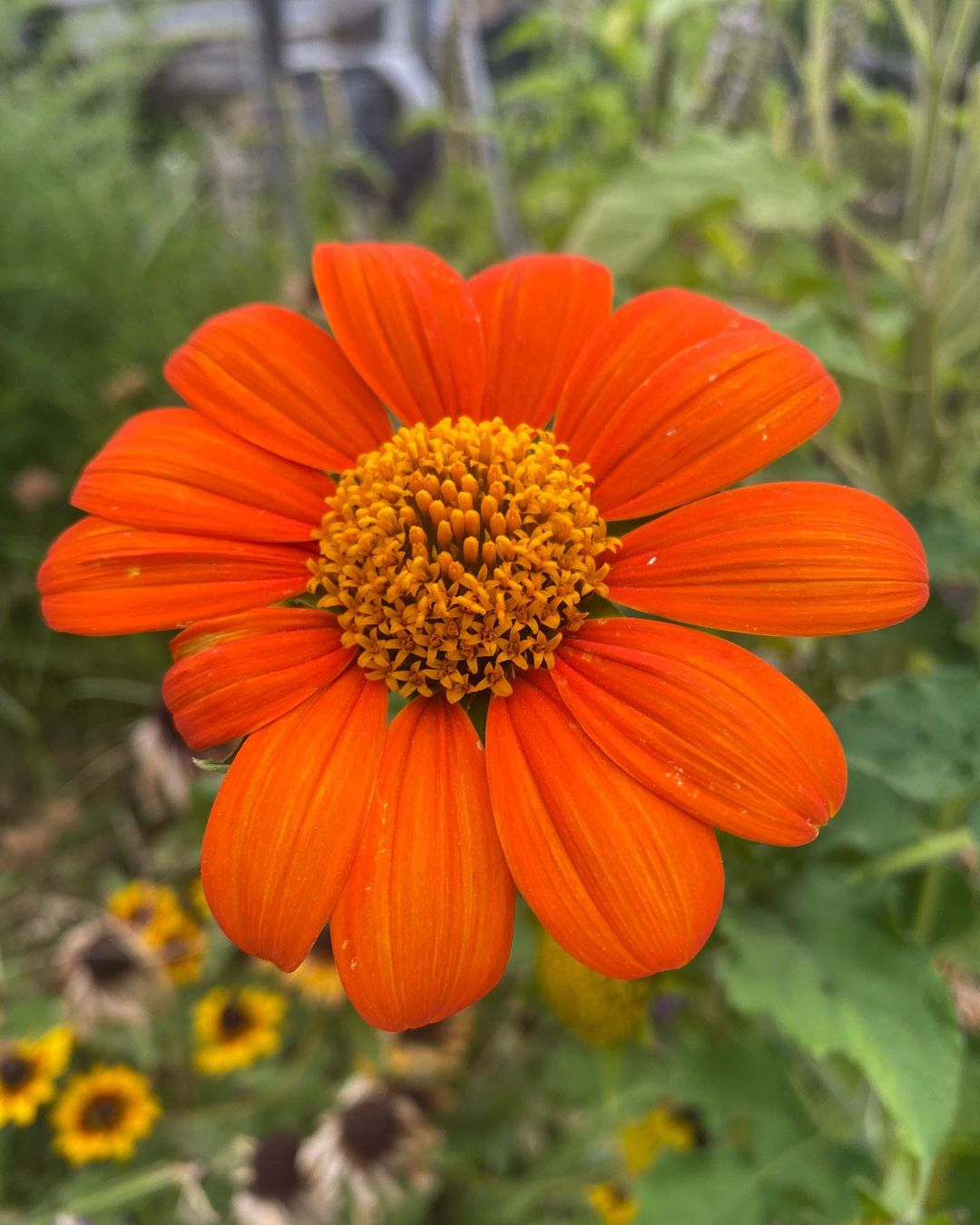
Here’s an information chart for the Mexican Sunflower (Tithonia diversifolia):
| Aspect | Details |
|---|---|
| Botanical Name | Tithonia diversifolia |
| Common Name | Mexican Sunflower |
| Plant Type | Annual or perennial |
| Hardiness Zone | Zones 9-11 |
| Sun Exposure | Full sun |
| Soil Type | Well-drained, fertile |
| Watering | Moderate |
| Growth Habit | Upright, bushy |
| Height/Spread | 4-6 feet tall, 2-3 feet wide |
| Special Features | Bright orange or yellow flowers, attracts butterflies and bees |
Mexican sunflowers have bright orange daisy-like flowers. They grow tall and bloom all summer. These flowers are great for attracting butterflies.
How to grow:
- Plant in full sun
- Water regularly but don’t overwater
- Support tall plants with stakes
Mexican sunflowers are easy to grow from seed. They make great cut flowers too. Learn more from North Carolina State Extension.
18. Montbretia (Crocosmia)
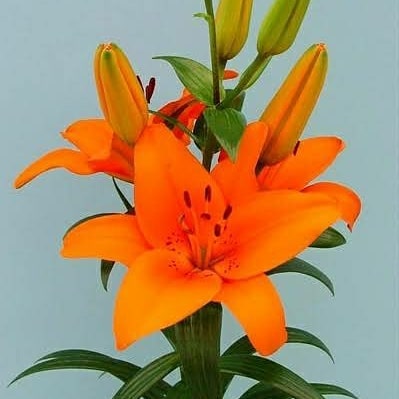
Here’s an information chart for Montbretia, also known as Crocosmia:
| Aspect | Details |
|---|---|
| Botanical Name | Crocosmia spp. |
| Common Name | Montbretia |
| Plant Type | Perennial bulb |
| Hardiness Zone | Zones 6-9 |
| Sun Exposure | Full sun to partial shade |
| Soil Type | Well-drained, fertile |
| Watering | Regular watering |
| Growth Habit | Clumping, upright |
| Height/Spread | 1-4 feet tall, 1-2 feet wide |
| Special Features | Trumpet-shaped flowers in shades of red, orange, or yellow; attracts hummingbirds |
Montbretia has spiky orange or red flowers on tall stems. The flowers open from the bottom up, creating a long-lasting display.
How to grow:
- Plant in full sun or partial shade
- Water regularly during the growing season
- Divide clumps every few years
Montbretia flowers are great for adding height to a garden. They look beautiful waving in the breeze.
19. Marguerite Daisy
Here’s an information chart for the Marguerite Daisy (Argyranthemum frutescens):
| Aspect | Details |
|---|---|
| Botanical Name | Argyranthemum frutescens |
| Common Name | Marguerite Daisy |
| Plant Type | Perennial or annual |
| Hardiness Zone | Zones 9-11 |
| Sun Exposure | Full sun |
| Soil Type | Well-drained, fertile |
| Watering | Regular watering |
| Growth Habit | Compact, bushy |
| Height/Spread | 1-3 feet tall, 1-2 feet wide |
| Special Features | Daisy-like flowers in various colors (white, pink, yellow); long flowering period, attracts butterflies |
Marguerite daisies are cheerful flowers that look like small sunflowers. They have yellow centers with white petals and bloom for a long time.
How to grow:
- Plant in full sun
- Water when the top inch of soil is dry
- Pinch back young plants to encourage bushiness
These daisies are great for containers or borders. They bloom from spring to fall with proper care.
20. Mullein
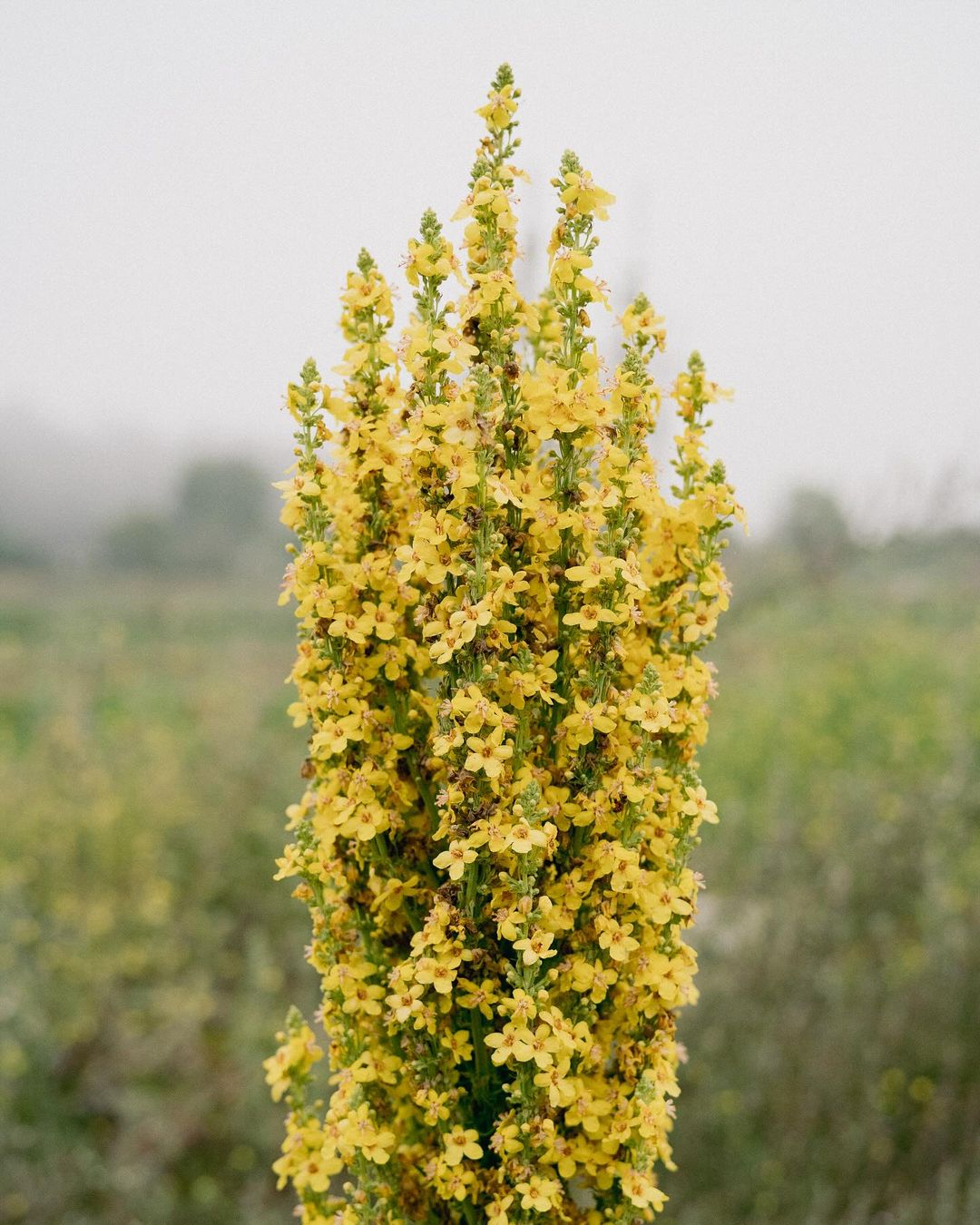
Here’s an information chart for Mullein (Verbascum thapsus):
| Aspect | Details |
|---|---|
| Botanical Name | Verbascum thapsus |
| Common Name | Mullein |
| Plant Type | Biennial or perennial |
| Hardiness Zone | Zones 3-9 |
| Sun Exposure | Full sun to part shade |
| Soil Type | Well-drained, sandy or rocky |
| Watering | Low water requirement |
| Growth Habit | Upright, tall |
| Height/Spread | 3-6 feet tall, 1-2 feet wide |
| Special Features | Large, fuzzy leaves; tall spikes of yellow flowers; attracts pollinators; medicinal uses in herbalism |
Mullein is a tall plant with a spike of yellow flowers. It has large, fuzzy leaves and can grow up to 6 feet tall.
How to grow:
- Plant in full sun
- Use well-draining soil
- Don’t overwater – mullein likes it dry
Mullein is often found growing wild. It’s been used for centuries in herbal medicine. Learn more from North Carolina Extension Gardener.
Wrapping Up
There you have it – 20 marvelous flowers that start with M! From the bright marigolds to the night-blooming moonflowers, these plants offer a wide range of colors, sizes, and growing needs. Whether you have a sunny garden, a shady spot, or just a few pots on a balcony, there’s an ‘M’ flower for you.
Remember, gardening is all about trying new things. Don’t be afraid to experiment with different flowers. Some might become your new favorites! Happy gardening, and enjoy your beautiful ‘M’ flowers!
